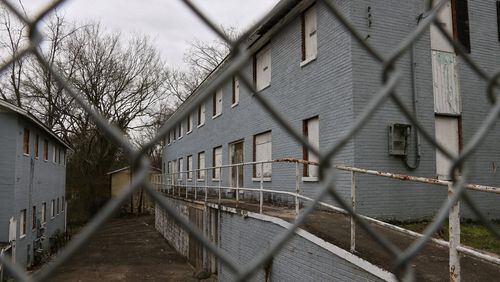An upcoming story in Sunday’s paper about nonprofits that own blighted properties shows how easily a problem can hide in plain sight. One of the most important lessons I’ve learned after months reporting on the city’s blight issues is that it’s naïve to drive by a crumbling house in the English Avenue or Vine City neighborhoods near the Atlanta Falcon's stadium and see little more than a marker of poverty. In my experience, a closer look will reveal that people in our community make decisions that allow blight to take hold.
For instance, in November, we reported how the city's code enforcement system is so broken it allowed a single Buckhead speculator to buy up well over 100 properties in one of the city's poorest neighborhoods, leave them blighted, and face little threat of consequences. Later, we showed that the Fulton District Attorney's program to clean up drug houses actually let them fall apart, and how residents must resort to extreme measures to get the owners of drug-infested properties to clean up their acts. A review of the city development authority's use of federal tax credits for distressed neighborhoods showed that they are being used in more prosperous parts of the city.
Sunday's story shows that even well-intentioned clergy–enabled by city leaders—shoulder blame. The evidence is crumbling apartments, vacant lots and piles of trash that people see every day on their way to work or school.







